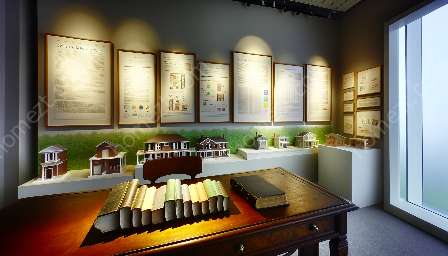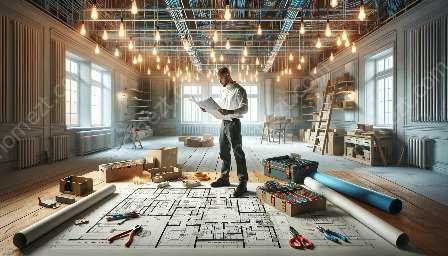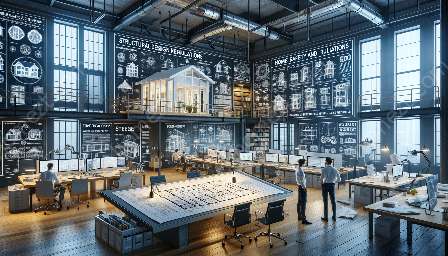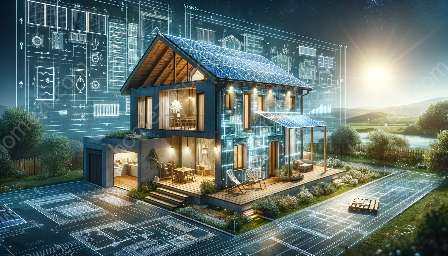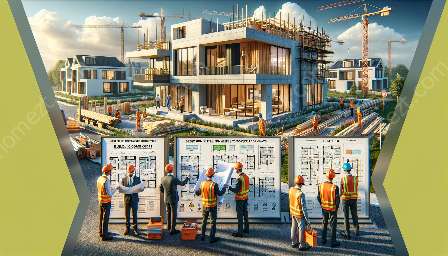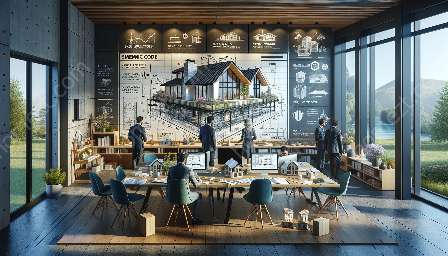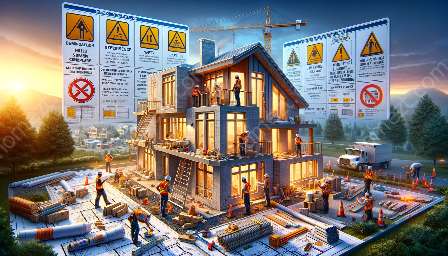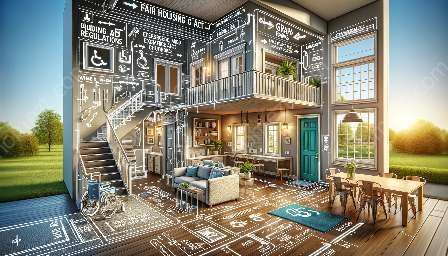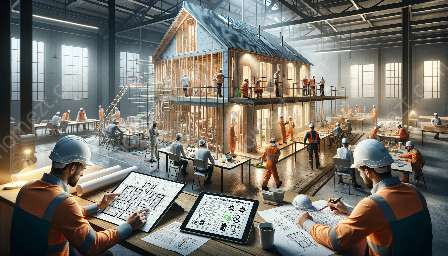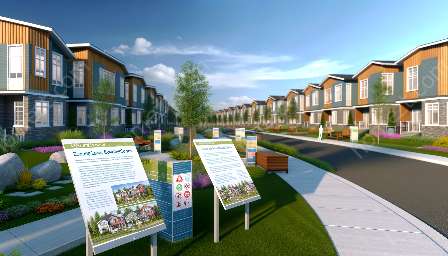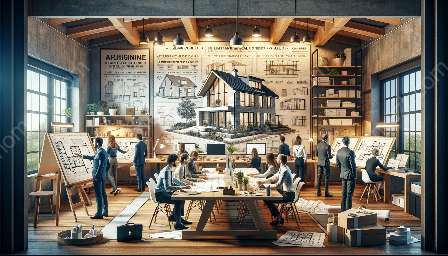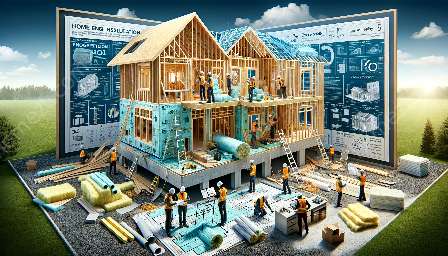Homes are meant to be safe, secure, and healthy environments for occupants. Ventilation and air quality regulations play a crucial role in ensuring that homes meet these standards. In this comprehensive guide, we will explore the importance of ventilation and air quality regulations, how they relate to home building codes and safety regulations, and their impact on home safety and security.
Importance of Ventilation and Air Quality
Proper ventilation and good air quality are essential for creating a healthy indoor environment. Inadequate ventilation can lead to a buildup of indoor air pollutants, such as volatile organic compounds (VOCs), formaldehyde, and mold, which can impact occupants' health.
Additionally, poor air quality can exacerbate respiratory conditions such as asthma and allergies. Therefore, adhering to ventilation and air quality regulations is vital for protecting the well-being of individuals living in homes.
Alignment with Home Building Codes and Safety Regulations
Ventilation and air quality regulations are closely aligned with home building codes and safety regulations to ensure that homes are constructed and maintained to high standards. These regulations cover aspects such as air exchange rates, exhaust systems, and the use of low-emission building materials.
For instance, building codes may dictate the minimum requirements for ventilation in different areas of a home, such as kitchens, bathrooms, and living spaces. Similarly, safety regulations may address the installation and maintenance of ventilation systems to prevent fire hazards and ensure proper functioning.
By complying with these regulations, homeowners and builders can enhance the overall safety and structural integrity of homes, while also promoting healthier living environments.
Effects on Home Safety and Security
Optimal ventilation and air quality can contribute to home safety and security in several ways. For example, proper ventilation in areas prone to moisture accumulation, such as bathrooms and basements, helps prevent mold growth and structural damage. This, in turn, reduces the risk of indoor air quality issues and potential health hazards for occupants.
In terms of security, well-maintained ventilation systems can deter the buildup of hazardous gases, such as carbon monoxide, by ensuring their timely removal from the indoor environment. This is especially crucial for homes with gas appliances, fireplaces, or attached garages, where carbon monoxide poisoning can pose a serious threat.
Compliance and Implementation
To ensure compliance with ventilation and air quality regulations, homeowners and builders should stay informed about the specific requirements outlined in local building codes and safety regulations. This may involve working with qualified professionals, such as HVAC contractors and building inspectors, to design, install, and maintain ventilation systems that meet the necessary standards.
Regular maintenance and monitoring of ventilation systems are also essential to uphold air quality and safety. This includes changing filters, inspecting ductwork, and addressing any issues that may compromise the effectiveness of the ventilation system.
Conclusion
Understanding and adhering to ventilation and air quality regulations is essential for creating healthy, safe, and secure homes. By aligning with home building codes and safety regulations, homeowners and builders can promote optimal indoor air quality and minimize potential health and safety risks for occupants. Prioritizing ventilation and air quality not only enhances the comfort of living spaces but also contributes to the overall well-being of individuals within the home.


